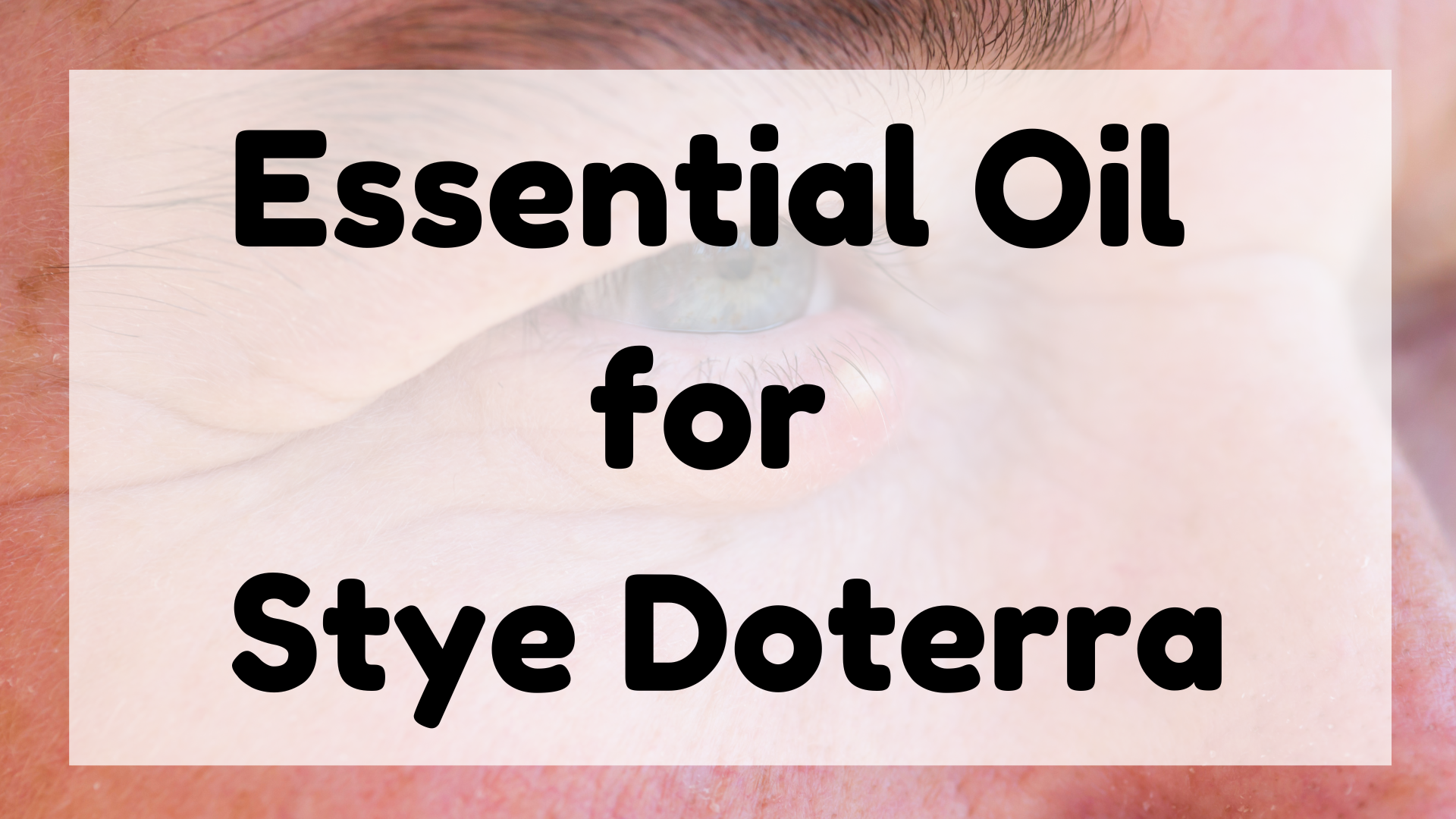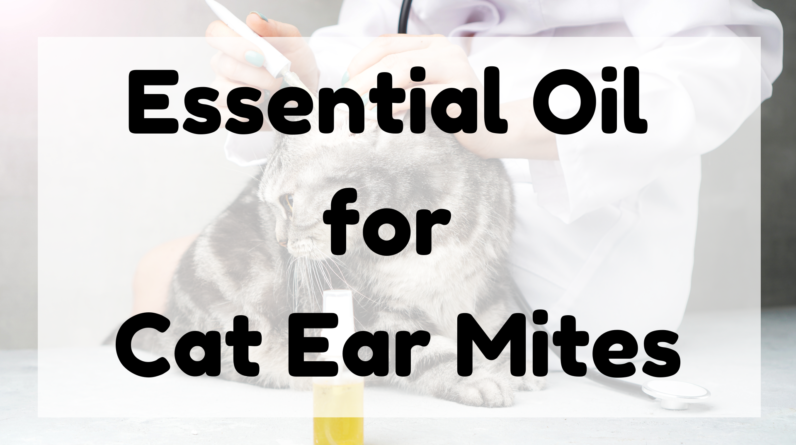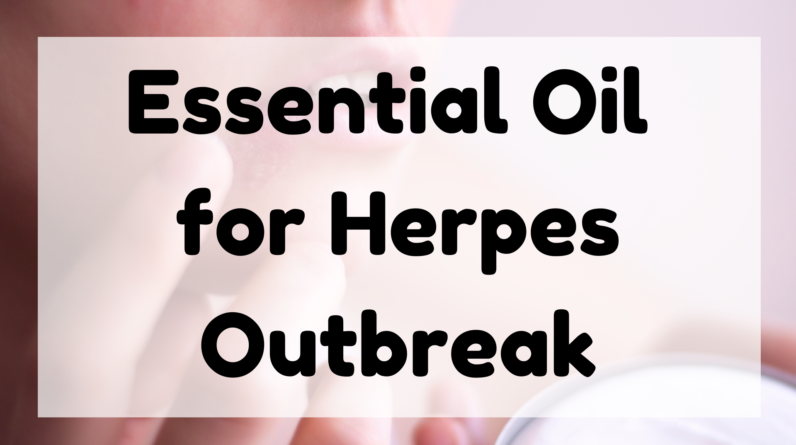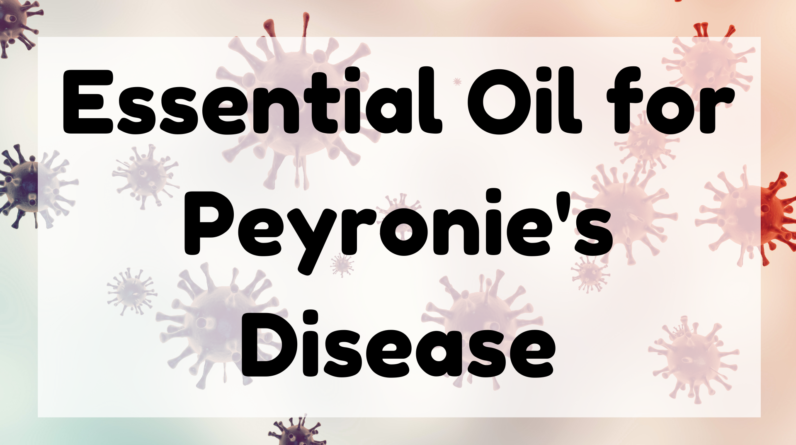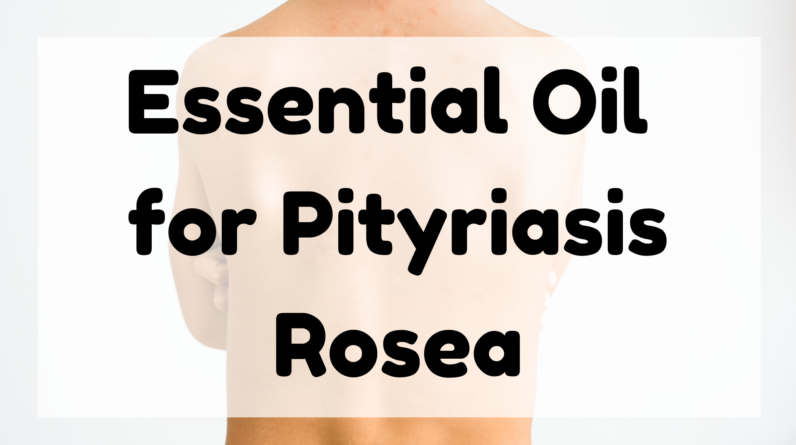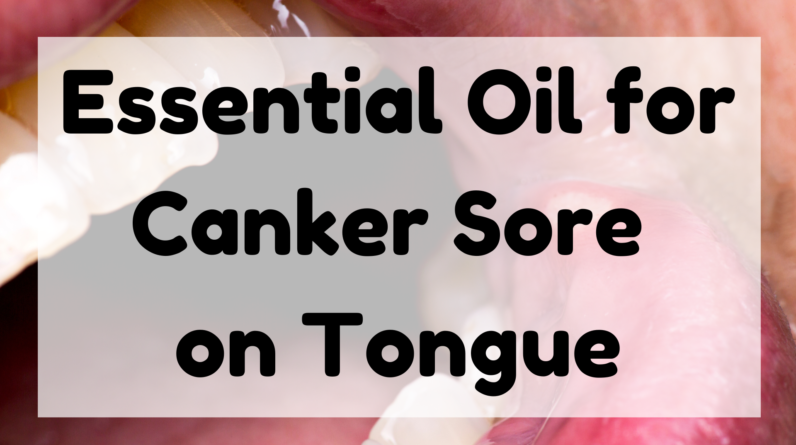Jump Ahead to:
Essential Oil for Stye Doterra
What Are Essential Oils and What Do They Do For Your Body?
In this article, we will discuss Essential Oils and their properties and also look at the causes of Stye.
We will also look at which Essential Oil is best for treating Stye.
Hopefully, by the end of this article, you will have a clearer idea of what you should use.
Also, we’ll discuss how to best apply Essential Oil for Stye on your body.
What are Essential Oils
There are several essential oils that can be used for styes.
These oils contain antibacterial properties and can be used to help treat skin conditions.
They can be applied to the affected area with a cotton swab to reduce swelling and pain.
Clove and lavender are also effective antibacterial agents.
Applying these oils to the affected area two to four times a day will help it heal.
They can also be added to a warm compress to help relieve inflammation and pus.
Lavender oil is one of the best essential oils for eye stye.
This essential oil comes from the Lavendula Angustifolia flower.
This oil has many healing properties, including antibacterial, antimicrobial, and antiviral properties.
Lavender oil can be applied to the affected area two or three times a day for relief.
Some people suffer from recurring styes. If they’re a constant problem, surgery may be necessary.
Thankfully, most styes are harmless, but if they don’t clear up within 48 hours, or if they’ve spread to other parts of the face, they should be checked by a doctor.
But essential oils are the most natural and effective treatment for styes.
Tea tree oil’s antibacterial properties can prevent bacteria and infections, and can help treat the symptoms.
It also helps keep the glands open and prevent clogging.
If you’re suffering from eye stye, be sure to follow a strict diet and make sure your eyelids are well-hygienic.
Another natural remedy for styes is soaking a warm teabag.
Black tea is best because it has natural antibacterial properties and can help reduce the inflammation caused by styes.
Green tea is also a good choice.
However, the most effective method is a combination of tea tree oil and apple cider vinegar.
They can treat the condition and heal it faster.
This way, you can avoid antibiotics and other stye treatments that can make the styes worse.
Properties of Essential Oils
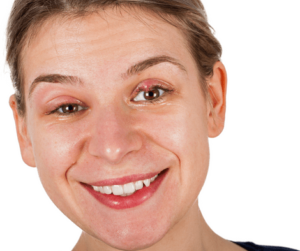
Some essential oils have antibacterial and soothing properties, which may help reduce inflammation and ease pain from styes.
Lavender oil, for example, is effective at treating styes.
Its antibacterial properties prevent the spread of bacteria that cause styes.
It should be applied to the affected area twice to four times daily.
You can also dilute it with coconut oil or water if you’re using it on children.
Another oil that can relieve pain and swelling is tea tree oil.
Tea tree oil has antibacterial and soothing properties that may help reduce pain and swelling.
Clove oil may be useful for soothing the pain and swelling associated with stye.
But remember that these oils have a strong effect on the skin and you should always consult a doctor before using any essential oils on it.
It’s also important to note that essential oils for stye should not be taken in place of professional treatment.
Castor oil is also useful for treating styes.
It has antimicrobial and anti-fungal properties, which reduce swelling and pain.
Castor oil can be applied on the affected area two to three times a day.
This oil can be used as a topical treatment for styes to promote healing.
Turmeric and onion contain antimicrobial and anti-inflammatory properties that can help reduce inflammation and heal styes.
You can apply these slices to the affected area.
Make sure not to place them too close to the eye, since the onions can cause a burning sensation.
Chamomile leaves are excellent remedies for styes as they help in relieving pain and inflammation.
They are also helpful in cleaning the eyes of dirt.
Some of the most common home remedies for styes include warm compresses and soaking the affected area in tea.
Both teas have antibacterial and anti-inflammatory properties. These can be applied directly to the stye.
While these are not suitable for children, they can be applied to the affected area twice daily.
A few drops of rosemary oil on the affected area can also help in reducing the swelling.
Cause of Stye
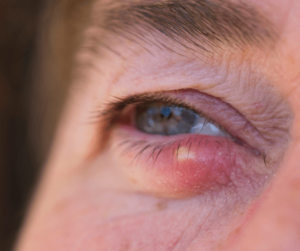
The Cause of Stye is a common eye disease, affecting both adults and children.
This disease can greatly disrupt the life of a patient, and it often recurs.
In order to prevent styes, it is important to wash your face regularly and thoroughly clean the conjunctival concave.
Also, you should wash your hands with soap and hot water after touching your eyes, and don’t squeeze or pop styes.
This can damage your eye and spread bacterial infection.
Antibiotic eye drops, eye creams, and oral antibiotics can treat stubborn bacterial infections.
In severe cases, styes may require a surgical procedure.
In this case, accumulated secretion is removed through surgery and disinfected.
Afterward, the stye is gently massaged to relieve swelling.
After surgery, antibiotic drops should be applied, and a good personal hygiene routine is necessary.
The cause of stye in children is a bacterial infection.
Children with poor hygiene often rub their eyes with their hands, which can carry bacteria.
To prevent stye, parents should monitor their child’s physical condition, cleanliness, and emotional state.
It is also important to wash your hands frequently after playing outdoors.
Most cases of stye resolve within three to seven days. The disease doesn’t affect vision and is harmless.
Treatment for styes depends on the location. Some are self-limited and disappear on their own after a week or two.
Other methods involve ointments or antibiotic eye drops.
In some severe cases, doctors may prescribe surgery. However, antibiotics aren’t generally necessary.
Most styes go away on their own, so home treatments may be all that is necessary.
While home remedies may relieve discomfort and relieve pain, there are no guarantees.
If you think your eyes have styes, you need to know what the symptoms are.
The main symptoms of styes include pus, redness, and inflammation.
Some of the symptoms of stye include the appearance of pimples in the eyelids, swelling, and pain.
If you think you have styes, you should consult your doctor.
However, it is not a good idea to apply a warm compress on your eyelids.
It increases the risk of infection and can lead to a recurrence.
Best Essential Oil for Stye
Using the best essential oil for stye can be very beneficial for those suffering from the condition.
There are many different options for stye creams and oils.
However, you must choose one that is comfortable to use.
The best essential oil for stye cream should be adjustable to fit the area in which it is used.
If it does not have a specific size, then you should look for adjustable models that are flexible to fit a wide variety of spaces.
It works very well to treat styes by inhibiting the growth of bad bacteria and reducing the redness and swelling.
It is also known to soothe area.
It is recommended to take this cream for several days for a maximum of five days.
If the condition is not improved after 48 hours, you should consult a doctor.
Home remedies for stye can include applying a hot compress to the affected eyelid.
You can also soak a cloth in cloves and apply it to the affected area.
The cloth should be used for about five minutes each time.
Alternatively, you can soak cloves in water and use the infusion on the affected area.
The healing properties of rosemary and chamomile can help to decrease the pain and inflammation associated with stye.
Besides using the best essential oil for stye cream, you can also try applying coconut oil to the affected area.
Coconut oil has anti-inflammatory and anti-fungal properties.
It is a great treatment for styes and is an excellent alternative to topical creams and lotions.
Coconut oil is a natural anti-inflammatory and can help treat infection and relieve pain.
The best essential oil for stye cream is the one that works best for you.
Another great essential oil for stye is lavender oil.
Lavender oil is derived from the Lavendula Angustifolia flower.
It helps reduce swelling and reduces inflammation around the affected area.
It also has anti-fungal and antibacterial properties.
Use it two or three times a day on the affected area.
You should mix it with coconut oil to ensure you get the maximum benefit.
NEXT Essential Oil for Bruised Ribs
Legal and Medical Disclaimer
Information provided on the site is for educational purposes only, and does not substitute for professional medical advice.
You MUST consult a medical professional or healthcare provider if seeking medical advice, diagnoses, or treatment.
We do not provide any medical advise.


